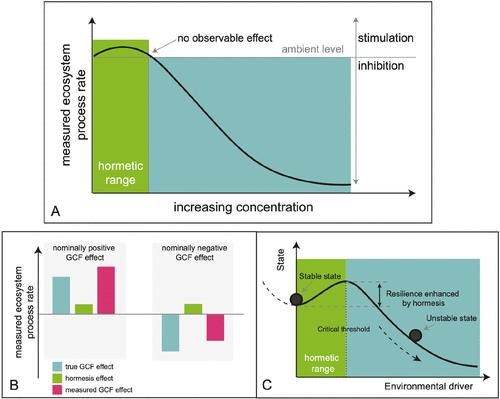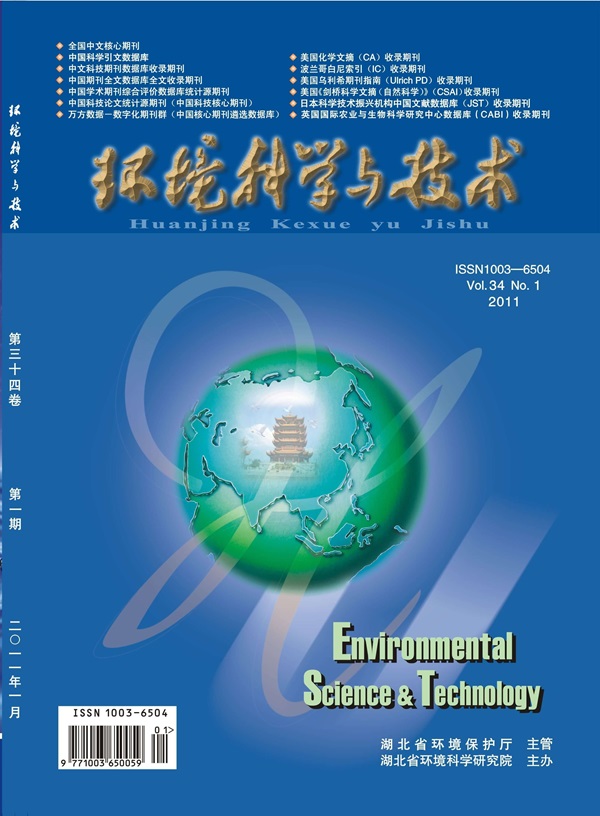Hormesis as a Hidden Hand in Global Environmental Change?
IF 10.8
1区 环境科学与生态学
Q1 ENGINEERING, ENVIRONMENTAL
引用次数: 0
Abstract
Figure 1. (A) Hormetic responses mean a response to a negative influence is positive at very low doses. (B) If widespread, such hermetic effects could lead to ecosystem process rates being affected, leading to an overestimation or underestimation of the effect of other factors of global change. (C) When environmental drivers are exceeding the hormetic threshold, the ecosystem state can undergo a transition from a stable state to an unstable state. M.C.R. wrote the first draft of the paper, and M.B. and A.L. added additional ideas and designed the figure. Matthias C. Rillig studied biology in Germany and Scotland and obtained a Ph.D. in California, USA. After nine years of being on the faculty of the University of Montana, he joined Freie Universität Berlin, where he is now a professor of ecology. He is director of the Berlin-Brandenburg Institute of Advanced Biodiversity Research. Matthias won an Advanced Grant of the European Research Council, is a fellow of the Ecological Society of America, and is a member of the German National Academy of Sciences, Leopoldina, and Academia Europaea. His lab focuses on soil ecology, human-caused effects on soils and their biodiversity, and emerging environmental challenges. This article references 11 other publications. This article has not yet been cited by other publications.

求助全文
约1分钟内获得全文
求助全文
来源期刊

环境科学与技术
环境科学-工程:环境
CiteScore
17.50
自引率
9.60%
发文量
12359
审稿时长
2.8 months
期刊介绍:
Environmental Science & Technology (ES&T) is a co-sponsored academic and technical magazine by the Hubei Provincial Environmental Protection Bureau and the Hubei Provincial Academy of Environmental Sciences.
Environmental Science & Technology (ES&T) holds the status of Chinese core journals, scientific papers source journals of China, Chinese Science Citation Database source journals, and Chinese Academic Journal Comprehensive Evaluation Database source journals. This publication focuses on the academic field of environmental protection, featuring articles related to environmental protection and technical advancements.
 求助内容:
求助内容: 应助结果提醒方式:
应助结果提醒方式:


